Market Growth Projections
The Global Rapid Self-healing Gel Market Industry is projected to experience substantial growth over the next decade. With an anticipated market value of 235.5 USD Million in 2024, the industry is set to expand significantly, reaching an estimated 528.5 USD Million by 2035. This growth trajectory reflects a compound annual growth rate (CAGR) of 7.62% from 2025 to 2035, indicating a robust demand for self-healing technologies across various sectors. The increasing recognition of the benefits associated with self-healing gels is likely to drive further investment and innovation in this field.
Rising Healthcare Expenditure
Rising healthcare expenditure globally plays a pivotal role in the expansion of the Global Rapid Self-healing Gel Market Industry. As countries allocate more resources to healthcare, the demand for innovative medical solutions, including self-healing gels, increases. These gels are particularly beneficial in wound management, offering faster healing times and improved patient outcomes. The increasing prevalence of chronic wounds and the aging population further drive this demand. Consequently, the industry is poised for growth, with a projected compound annual growth rate (CAGR) of 7.62% from 2025 to 2035, indicating a robust market trajectory.
Environmental Sustainability Initiatives
Environmental sustainability initiatives are becoming increasingly influential in shaping the Global Rapid Self-healing Gel Market Industry. As industries seek to reduce their environmental footprint, self-healing gels, which can potentially minimize waste and enhance product durability, are gaining traction. These gels often utilize bio-based materials, aligning with the global shift towards sustainable practices. The emphasis on eco-friendly products is likely to drive innovation and adoption within the market, as companies strive to meet consumer expectations for sustainability. This trend may lead to a more resilient market landscape in the coming years.
Increasing Demand for Advanced Materials
The Global Rapid Self-healing Gel Market Industry experiences a surge in demand for advanced materials across various sectors, including healthcare, automotive, and electronics. This demand is driven by the need for materials that can autonomously repair themselves, thereby enhancing product longevity and reducing maintenance costs. For instance, self-healing gels are increasingly utilized in wound care applications, where they provide effective healing solutions. The market is projected to reach 235.5 USD Million in 2024, reflecting a growing recognition of the benefits associated with self-healing technologies.
Technological Advancements in Polymer Science
Technological advancements in polymer science significantly contribute to the growth of the Global Rapid Self-healing Gel Market Industry. Innovations in polymer chemistry enable the development of gels with enhanced self-healing properties, which are crucial for applications in various industries. These advancements allow for the creation of gels that can recover from mechanical damage, thus extending their functional lifespan. As a result, the market is expected to expand, with projections indicating a value of 528.5 USD Million by 2035. This growth underscores the importance of continuous research and development in polymer technologies.
Growing Applications in Electronics and Automotive Sectors
The Global Rapid Self-healing Gel Market Industry is witnessing growing applications in the electronics and automotive sectors, where the need for durable and reliable materials is paramount. In electronics, self-healing gels can protect sensitive components from damage, thereby enhancing product reliability. Similarly, in the automotive industry, these gels can be utilized in coatings and adhesives, providing enhanced protection against wear and tear. As these sectors continue to evolve, the demand for innovative materials like self-healing gels is expected to rise, further propelling market growth.


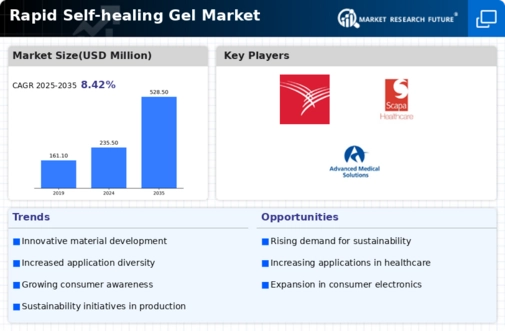
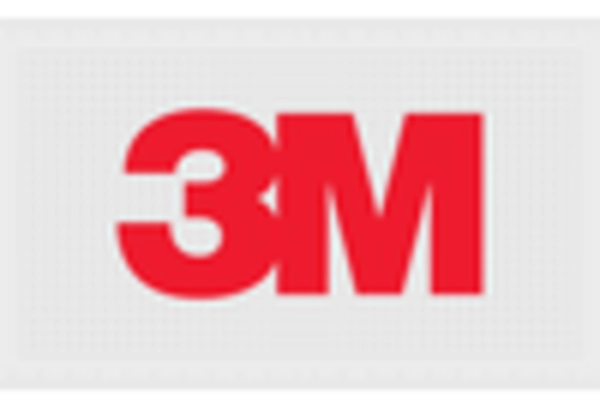

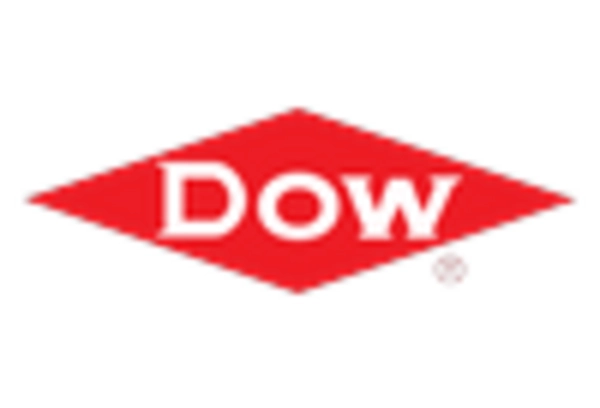
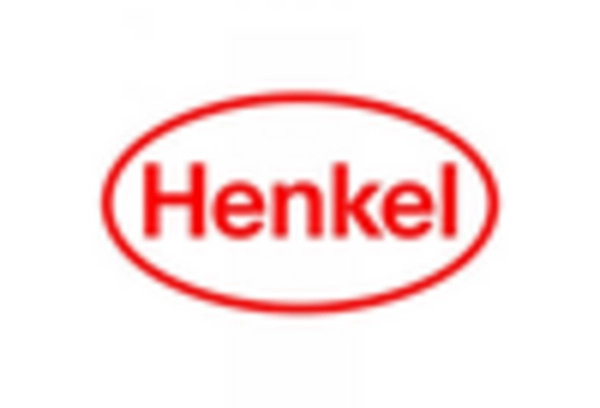
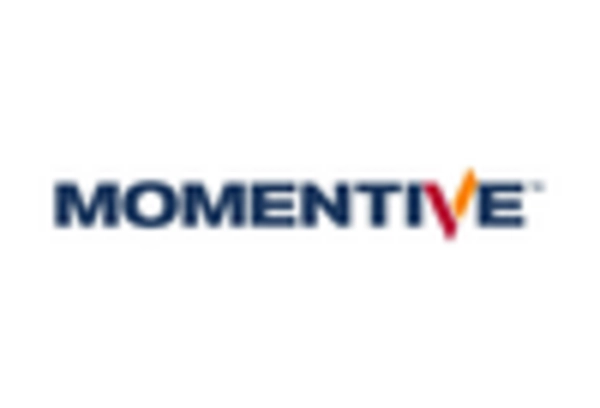
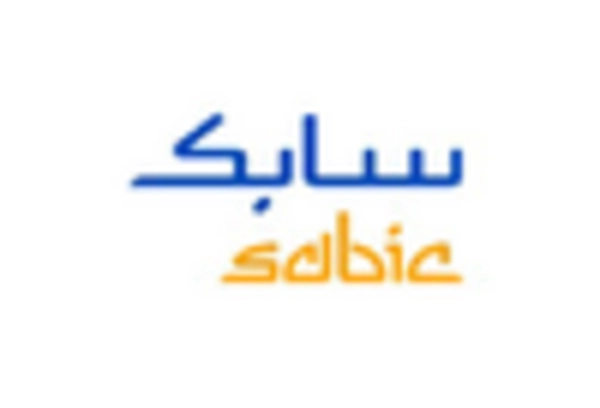








Leave a Comment